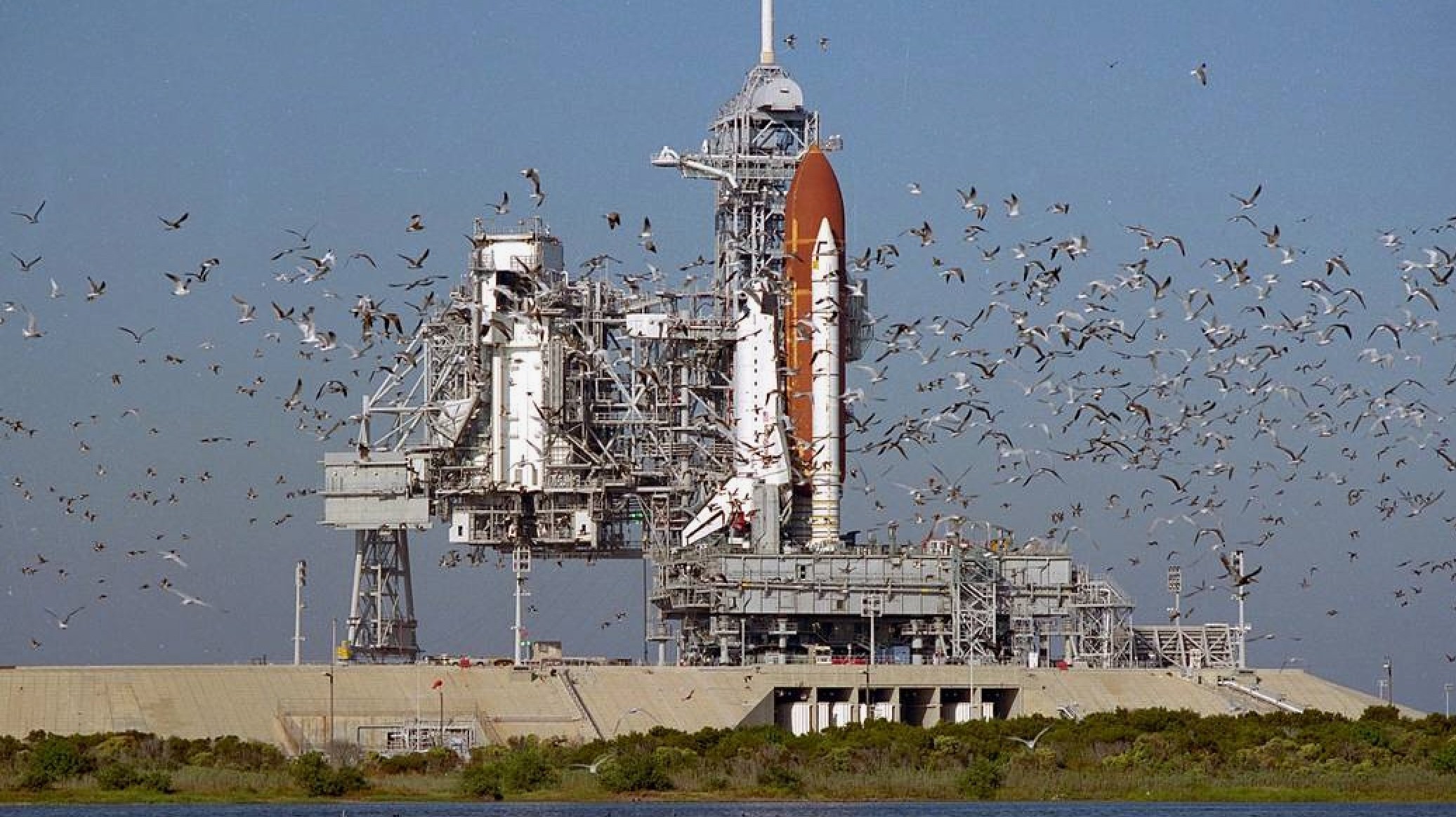Loud launches: Researchers study how rocket noise affects endangered wildlife
How loud is too loud?

Rocket launches are extreme events, for animals as well as humans.
"When the [space] shuttle lifts off, the main engines roar so loudly that a person standing near the pad would be killed — not by the heat of the exhaust, but by the sound of the engines," Rodney Rocha, a former chief structural engineer at NASA's Johnson Space Center in Houston, said in a 2005 interview with the space agency.
With the number of yearly rocket launches on the rise, such impacts will be more broadly felt. 2022 alone witnessed 180 successful liftoffs, a record led by SpaceX, which sent a rocket into orbit once every six days on average, according to a Nature report published in January. Back on the ground, the effects of these launches on nearby wildlife, especially on threatened species, are not well documented.
Related: The environmental impact of rocket launches: The 'dirty' and the 'green'
"If it's happening every week, every few days, are there any implications of that?" said Lucas Hall, a wildlife ecologist at California State University, according to Nature's Nicola Jones. "That has not been studied."
Hall and his colleagues are working to change that. The team has gotten nearly $1 million in funding from the United States Army Corps of Engineers across three years to observe the short- and long-term impacts of rocket launches on endangered birds and other animals that reside close to Vandenberg Space Force Base in central California.
Vandenberg has historically hosted five to 15 rocket launches every year. By 2030, however, that number is expected to rise to at least 50 to 100 liftoffs annually, according to the Nature report. The impact on wildlife could be significant: The base spans a whooping 99,600 acres (40,300 hectares), covers 42 miles (68 kilometers) of coastline and is home to 17 endangered plant and animal species — one of the highest concentrations of threatened or endangered flora and fauna in the continental United States.
Breaking space news, the latest updates on rocket launches, skywatching events and more!
As part of the new study — which the researchers outlined last month at the 184th meeting of the Acoustical Society of America in Illinois — the team will investigate how endangered wildlife near the spaceport, which includes Northern Aplomado falcons and grayish-brown birds called piping plovers, behave before, during and after rocket launches.
They plan to use cameras to capture animal reactions to liftoffs as well as special sound recorders to document changes in birdsong. The research team, composed of wildlife biologists and acousticians, is trying to pin down a thus far vague measure: How loud is too loud?
In broad strokes, researchers know that noise, especially from human sources, can have two kinds of impact on animals: hearing impairment, which also masks certain audio cues, and psychological effects such as stress. Some researchers think chronic noise pollution can also have long-term impacts on animal behavior, including changes in how birds detect alarm calls, which are vocal expressions through which many animals warn each other of predators.
In a September 2022 study, for example, researchers found that birds living near airports, where noise levels are significantly higher than in residential areas, adjust the timing and frequency of their singing. In some cases, they sang earlier in the morning "to gain more time of uninterrupted singing before air traffic sets in," the study found. However, much about the long-term impacts of anthropogenic noise on animal behavior remains unknown.
Related: Environmental groups sue FAA over SpaceX Starship rocket
One of the researchers on the Vandenberg project, Kent Gee, a physical acoustician at Brigham Young University in Utah, had previously measured the noise levels from launches of NASA's mighty Saturn V rocket. The rocket, which sent Apollo astronauts to the moon in the late 1960s and early 1970s, reached a record 204 decibels during liftoff, Gee and his colleagues found.
For perspective: Listening to the sound from a jet airliner, which reaches somewhere between 120 and 160 decibels, for longer than 30 seconds is considered dangerous. Prolonged exposure to sounds over 90 decibels causes permanent hearing loss, according to the U.S. Federal Aviation Administration (FAA). The Centers for Disease Control and Prevention provide similar guidance: Hearing loss can occur in less than two minutes of being exposed to 110 decibels, with pain and ear injury setting in at 120 decibels.
Gee was also part of a different study that recently found that NASA's Space Launch System megarocket reached 136 decibels during its launch of an uncrewed Orion spacecraft to the moon on the Artemis 1 mission last fall. The noise level, which was measured by placing microphones at five different sites about 1 mile (1.6 km) from the launch pad, was "greater than pre-launch predictions," according to the study.
Currently, rocket launches, including the ones taking off from Vandenberg, use tons of water as the main element to suppress noise from the rocket's engines to some extent. Doing so helps to protect the launch vehicle and its payload from the extreme acoustics, but whether that is sufficient to also safeguard nearby wildlife over the long term is unknown.
Findings from the newly initiated study are expected to help assess changes in launch schedules in order to protect wildlife, such as further reducing launch noise or avoiding liftoffs during breeding seasons, according to the Nature report.

Sharmila Kuthunur is an independent space journalist based in Bengaluru, India. Her work has also appeared in Scientific American, Science, Astronomy and Live Science, among other publications. She holds a master's degree in journalism from Northeastern University in Boston.
